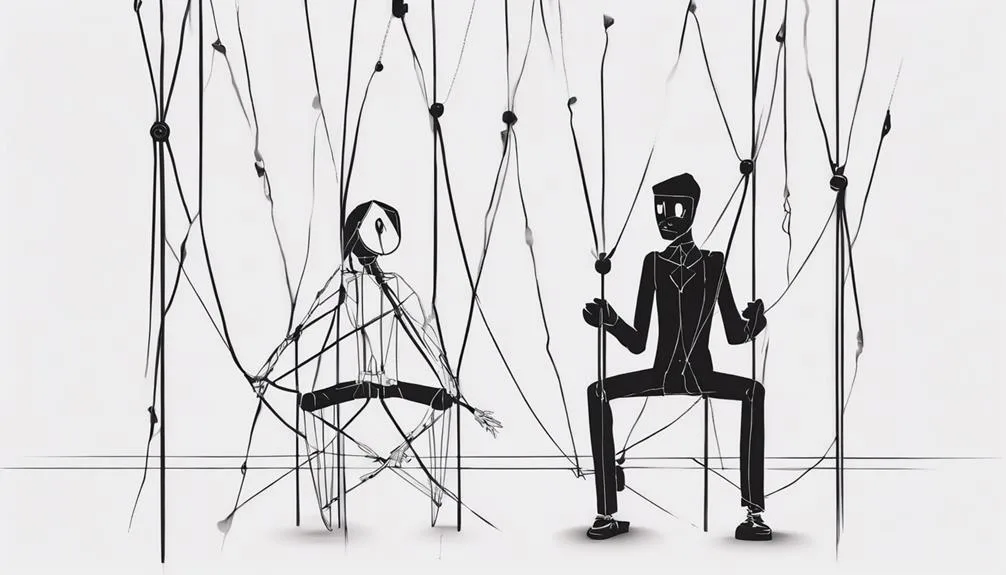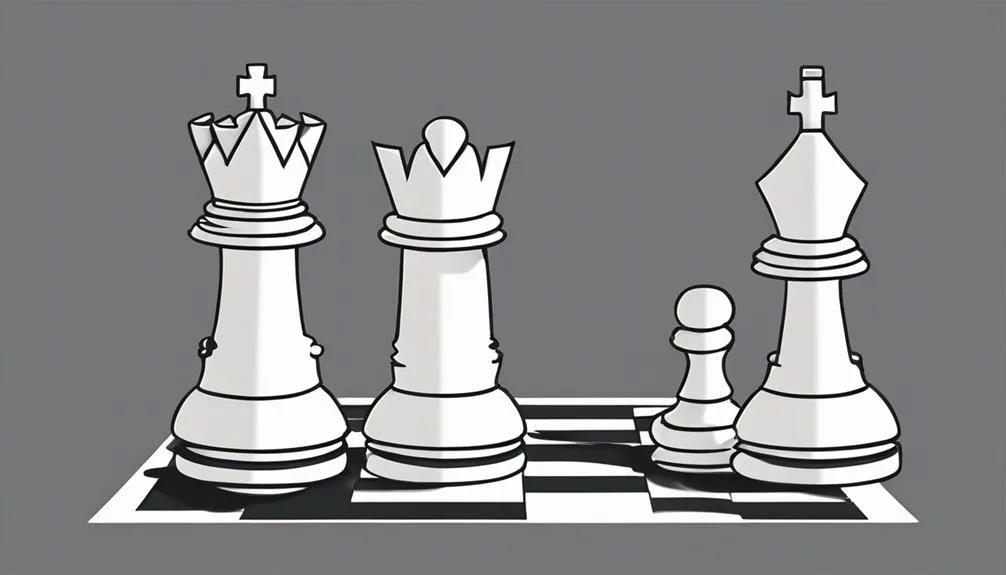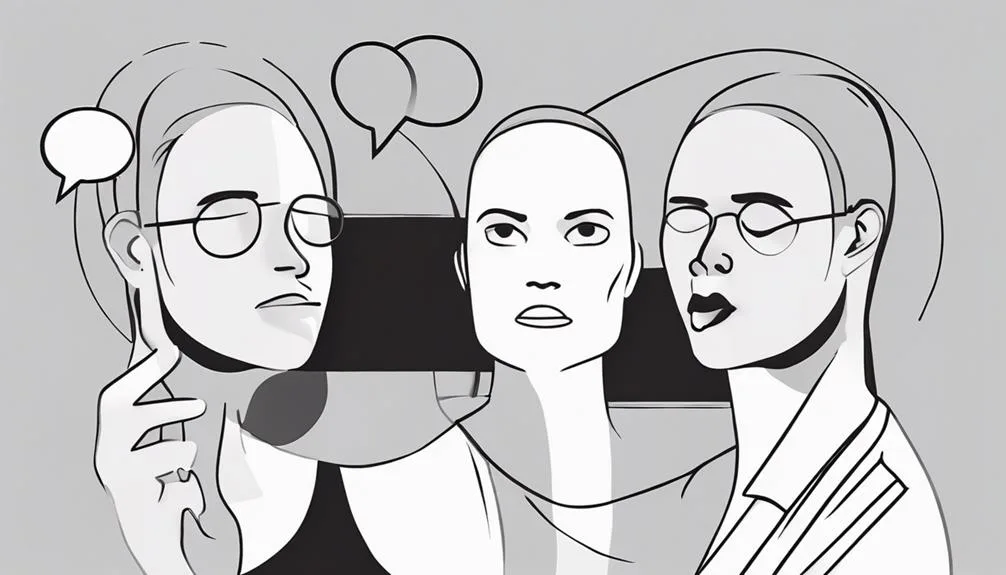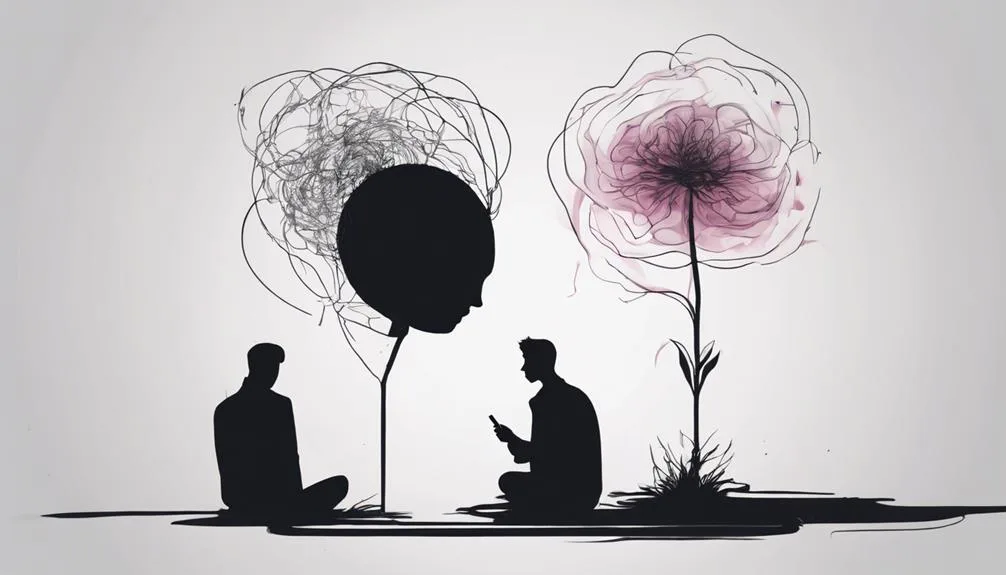Navigating relationships can sometimes lead to encountering toxic ones, each with its own set of problems. From controlling behaviors to dependency issues, recognizing these harmful patterns is crucial.
There are several types, including manipulative, critical, and neglectful relationships, which all present different challenges. Knowing what signs to look out for could help you steer clear of these unhealthy dynamics.
Key Takeaways
- Toxic relationships can range from controlling dynamics to emotional neglect, each harming well-being in unique ways.
- Recognizing patterns of manipulation, control, or neglect is crucial for addressing unhealthy relationship dynamics.
- Establishing healthy boundaries and maintaining individual identity are key to avoiding dependent and critical relationships.
- Emotional manipulation and constant criticism in a relationship erode self-esteem and foster a cycle of powerlessness.
The Controller Relationship

In a controller relationship, your partner dictates every aspect of your life, leaving little room for your autonomy. This imbalance creates unhealthy power dynamics where you're constantly under scrutiny and pressure to conform to their expectations.
It's not just about what you wear or who you hang out with; it's about controlling your decisions, big and small. Boundary violations become the norm rather than the exception. They might go through your phone, demand to know where you're at all times, or even restrict your access to others.
These actions aren't signs of care; they're tactics to maintain control and assert dominance. Recognizing these red flags is important in understanding the toxic nature of such a relationship.
The Dependent Partnership

Moving from the dynamics of control, we now explore the dependent partnership, where one's sense of self heavily relies on their partner's presence and approval. This relationship can drain both partners, inhibiting growth and fostering unhealthy codependency.
To navigate away from such dynamics, consider:
- Establishing healthy boundaries to guarantee personal space and independence.
- Cultivating mutual respect, recognizing that both partners have equal value and contributions.
- Pursuing individual interests and hobbies to maintain a sense of self outside the relationship.
The dependent partnership often masks deeper insecurities, making it important to address these issues head-on. By fostering independence and mutual respect, you can transform a dependent partnership into a healthier, more balanced relationship.
The Manipulative Bond

A manipulative bond twists affection and trust, exploiting vulnerabilities for control and power. Imagine you're in a relationship where your partner uses gaslighting tactics, making you doubt your memory, perception, or sanity. They'll deny things you know to be true, shifting the blame onto you. It's a classic move in their playbook, leaving you feeling confused and reliant on them for your version of reality.
Additionally, emotional blackmail is another weapon they wield. They'll play on your fears, guilt, and compassion to get what they want, often threatening to harm themselves or the relationship if you don't comply. It's a cycle designed to keep you under their thumb, making you feel trapped and powerless. Recognizing these tactics is the first step toward breaking free.
The Criticizing Connection

Constant criticism from your partner can erode your self-esteem, making you feel unworthy and inadequate in the relationship. This incessant negativity often leads to a significant self-esteem impact, leaving you doubting your own worth and abilities. The criticizing connection isn't only destructive to your sense of self but also contributes to a profound communication breakdown.
- Constant negativity: Every action or choice is met with disapproval, slowly chipping away at your confidence.
- Self-doubt spiral: You start questioning your own decisions and abilities, leading to a decrease in self-esteem.
- Communication collapse: Attempts to discuss feelings or concerns are met with more criticism, preventing any form of healthy dialogue.
Recognizing these patterns is the first step towards addressing the issue and seeking a healthier dynamic.
The Neglectful Pairing

In the neglectful pairing, you often feel invisible, as if your needs and feelings don't matter to your partner. This dynamic is characterized by emotional abandonment, leaving you feeling alone even when you're together.
Your attempts to connect seem to hit a wall, and your unmet needs pile up, creating a chasm between you and your partner. It's a quiet struggle where the absence of conflict doesn't mean peace, but rather a deep-seated neglect that erodes the foundation of your relationship.
You're left craving the basic attentiveness and care that should be inherent in a partnership, but instead, you navigate the silence and the void, wondering if you'll ever feel seen and valued in the way you deserve.
Conclusion
Exploring the range of toxic relationships, from those ruled by control to those marred by neglect, has uncovered the many ways these dynamics can deplete your energy and lower your self-esteem. Identifying these destructive patterns is crucial for moving towards healing and establishing healthier connections.
It's essential to remember that you're deserving of a relationship that not only uplifts but also supports your worth. Let this understanding guide you towards seeking relationships that foster respect and nurture your well-being.
Could reflecting on these insights be the key to transforming your approach to relationships?

